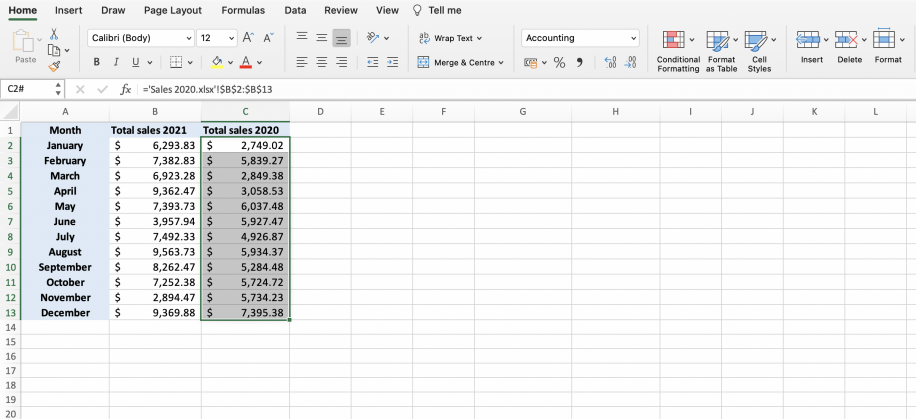3 Ways to Reference Another Sheet in Excel

Effective data management in Excel often requires referencing data from one sheet to another. This capability not only saves time but also ensures accuracy by maintaining a single source of truth across multiple sheets. Whether you're compiling data, creating summaries, or automating tasks, understanding how to link sheets in Excel can significantly enhance your productivity. Here are three primary methods to reference another sheet in Excel:
Using Direct Cell Reference

The most straightforward method involves directly referring to a cell from another sheet. Here’s how you can do it:
- Single Cell Reference: To reference a single cell from another sheet, use the sheet name followed by an exclamation mark and the cell address. For example, if you want to reference cell A1 from a sheet named ‘Data’, you would enter
=Data!A1. - Range Reference: Similarly, to reference a range, extend the syntax. For a range from A1 to C3 on the ‘Data’ sheet, you would use
=Data!A1:C3.
🔍 Note: Sheet names with spaces or special characters should be enclosed in single quotes like ‘Sales Data’!A1.
Using Named Ranges

For more flexibility and ease of management, especially when dealing with large spreadsheets or when references need to be updated frequently, named ranges can be utilized:
- Define a Named Range: Go to Formulas > Name Manager > New, enter a name, and select the cell or range from your source sheet.
- Reference the Named Range: Now, from any sheet, you can use this named range to reference data. If you named a range on the ‘Data’ sheet as ‘TotalSales’, you would simply use
=TotalSalesin your formula.
Named ranges not only simplify formulas but also make your workbook more user-friendly, particularly if it’s shared or reviewed by others.
Using INDIRECT Function

The INDIRECT function is powerful for dynamic references, especially when you need to build references based on cell values:
- Basic Syntax: The syntax for INDIRECT is
=INDIRECT(ref_text, [a1]), where ‘ref_text’ is a text string that represents the cell you want to reference, and ‘a1’ is optional to define the reference style. - Example: If cell A1 contains the text ‘Data!A1’, then
=INDIRECT(A1)will give you the value in A1 from the ‘Data’ sheet. - Dynamic Sheets: You can dynamically change the sheet reference by placing sheet names in a cell. For instance, if cell B1 contains ‘Data’, you could use
=INDIRECT(“‘”&B1&“’!A1”)to reference A1 on any sheet named in B1.
INDIRECT is ideal for scenarios where sheets are regularly added, renamed, or when users need to input sheet names manually.
📌 Note: INDIRECT is a volatile function, which means it recalculates whenever any change occurs in the workbook, potentially slowing down large spreadsheets.
In summary, referencing data from another sheet in Excel can be done through direct cell references, named ranges, or the INDIRECT function. Each method has its strengths; direct referencing is simple, named ranges are more manageable, and INDIRECT provides dynamic linking capabilities. By mastering these methods, you can manage data more efficiently across your Excel workbooks.
What is the simplest way to reference a cell from another sheet?

+
The simplest method is to use direct cell referencing, like =SheetName!A1 to reference cell A1 from ‘SheetName’.
Can you update references automatically when sheet names change?

+
Yes, using the INDIRECT function with dynamic sheet names can help you update references when sheet names change.
Is there a way to make references easier to read in Excel?

+
Absolutely, by using named ranges, your formulas become more readable and easier to manage across multiple sheets.



